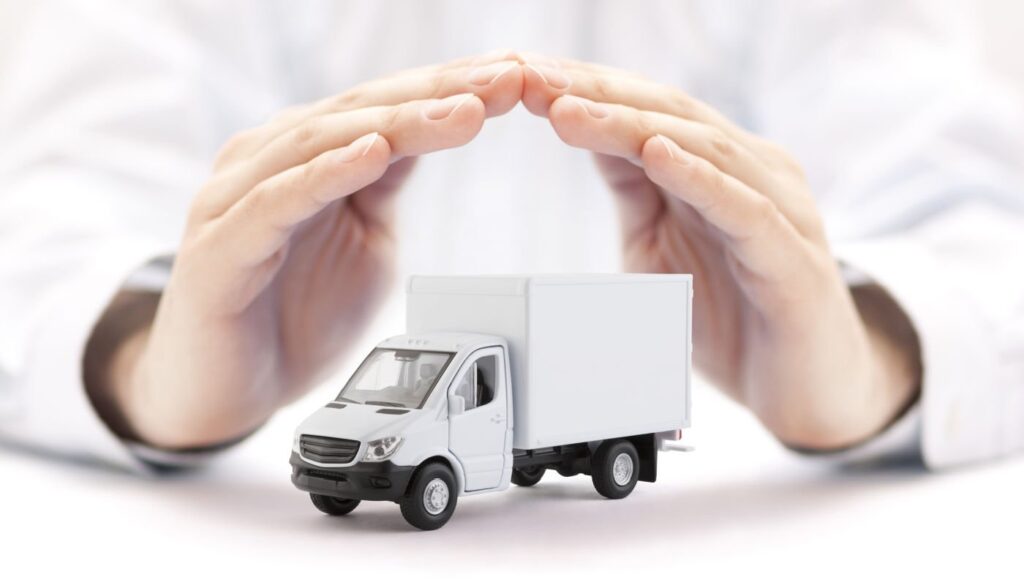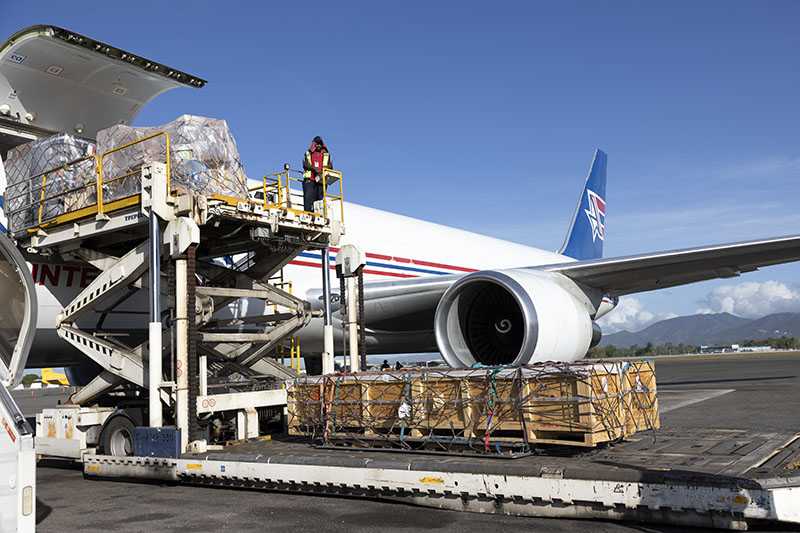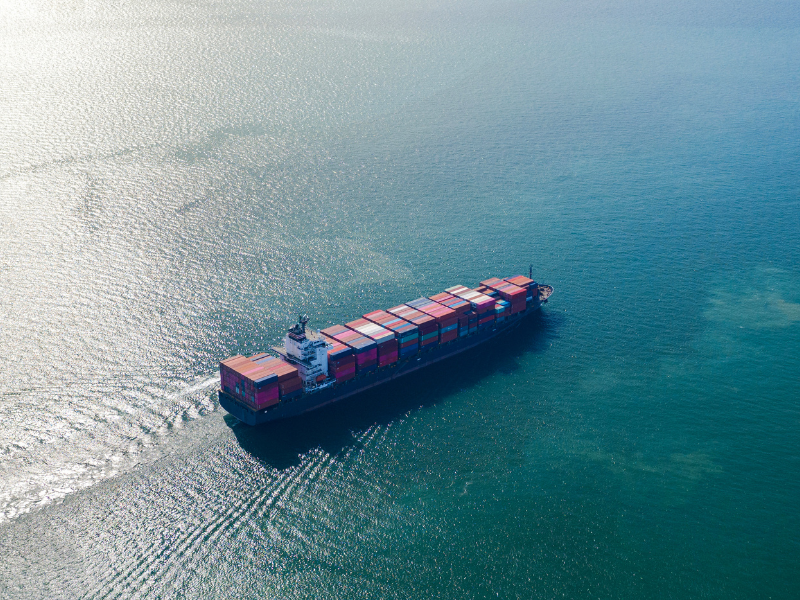Transporting food products freight from China to Europe requires strict temperature control, accurate documentation, and compliance with European import regulations. Whether shipping frozen seafood, packaged snacks, or beverages, importers must understand logistics options, costs, and regulatory requirements to ensure smooth delivery.

1. What Makes Food Freight from China to Europe Challenging?
Handling food shipments across continents is complex. Fresh, frozen, and processed foods each have specific handling requirements. Temperature, humidity, and transit time must be carefully managed to avoid spoilage.
Additionally, European import rules—such as HACCP, CE marking, and EU Food Safety Standards—demand accurate documentation and approved carriers.
Key Challenges:
- Temperature-sensitive cargo
- Packaging and labeling compliance
- Customs health certificates
- Delays due to inspection or incorrect paperwork
Moreover, selecting the right shipping mode—air, sea, or rail—can directly affect delivery quality and cost efficiency.
2. Which Shipping Methods Are Best for Food Products Freight China to Europe?
Different shipping methods suit different types of food freight. The table below compares air, sea, and rail transport for food products:
| Mode | Average Cost (USD/kg or per CBM) | Transit Time | Best for | Pros | Cons |
|---|---|---|---|---|---|
| Air Freight | $2.5–$5/kg | 3–7 days | Perishables, seafood | Fast, secure, temperature control | Costly, limited capacity |
| Sea Freight | $800–$1,200/20ft container | 30–40 days | Bulk or canned food | Economical, large volume | Slow, weather delays |
| Rail Freight | $1,000–$1,500/20ft container | 18–25 days | Dry or frozen goods | Balanced cost/speed | Limited routes |
In addition, hybrid logistics (sea-rail or air-sea combinations) are becoming popular for flexible scheduling.
3. What Documents Are Required for Food Products Freight?
European import regulations for food emphasize traceability and safety. Below is a document checklist to avoid customs issues:
| Document | Description |
|---|---|
| Commercial Invoice | Lists buyer, seller, goods, and value |
| Packing List | Details contents, weight, and dimensions |
| Bill of Lading (B/L) | Transport contract proof |
| Certificate of Origin | Verifies where goods are made |
| Health Certificate | Required for all food shipments |
| Phytosanitary Certificate | Needed for plant-based foods |
| Import License | Required for certain restricted items |
| Temperature Log Sheet | For frozen and chilled products |
Failure to provide any of these can lead to fines or cargo rejection by European customs.
Ready to streamline your shipping? Contact us today for a fast, Partner with TopChinaFreight to receive a tailored logistics solution that matches your shipping needs.
4. How Much Does It Cost to Ship Food Products from China to Europe?
Costs depend on transport type, weight, volume, and product category. The following table summarizes typical 2025 rates:
| Route | Mode | Volume | Cost (USD) | Transit Time |
|---|---|---|---|---|
| Shanghai → Rotterdam | Sea Freight | 20ft Container | $950 | 35 days |
| Shenzhen → Hamburg | Rail Freight | 20ft Container | $1,250 | 21 days |
| Guangzhou → Paris | Air Freight | 500 kg | $2,300 | 5 days |
Additional Expenses:
- Customs brokerage: $100–$300
- Cold-chain container surcharge: +15%
- Insurance: 0.3% of cargo value
Hence, it’s crucial to balance cost and freshness according to your food type.
5. Real Case Studies of Food Products Freight China to Europe
Case 1 – Sea Freight: Frozen Seafood (Qingdao to Rotterdam)
- Cargo: 22 tons of frozen shrimp
- Container: 40ft reefer
- Cost: $3,200 total
- Transit Time: 34 days
- Mode: Sea freight with temperature control (-20°C)
- Outcome: Successful delivery with zero spoilage
Case 2 – Rail Freight: Dried Noodles (Xi’an to Warsaw)
- Cargo: 10 tons, packaged noodles
- Container: 20ft dry
- Cost: $1,050
- Transit Time: 20 days
- Mode: China-Europe Railway
- Outcome: Reduced shipping cost by 40% compared to air
6. How to Ensure Cold Chain Compliance During Transit
Maintaining temperature integrity is vital. Food logistics providers use reefer containers, insulated packaging, and IoT temperature sensors.
Cold Chain Steps:
- Pre-cooling goods before loading.
- Continuous temperature monitoring via GPS devices.
- Sealed containers to prevent contamination.
- Customs pre-clearance to reduce border delays.
Additionally, working with certified carriers ensures adherence to EU Regulation 852/2004 on food hygiene.
7. How to Choose the Right Logistics Partner
Selecting a logistics provider for food products freight China to Europe involves evaluating expertise, certifications, and service coverage.
Selection Checklist:
- Experience in cold-chain logistics
- HACCP and ISO 22000 compliance
- Customs brokerage in both China and EU
- Warehousing with temperature zones
- Transparent online tracking system
Furthermore, check whether the provider offers multimodal options—rail-sea or air-truck—for flexibility.

8. Why Proper Packaging Matters for Food Freight
Packaging influences both product safety and customs approval. Food shipments must comply with EU Regulation (EC) No 1935/2004 regarding materials safety.
Recommended Packaging:
- Vacuum sealing for frozen food
- Insulated boxes for chilled items
- Palletized cartons for dry goods
- Waterproof outer layers for maritime shipments
To illustrate, incorrect labeling (e.g., missing “best before” dates) can cause customs delays or returns, especially for perishable cargo.
Conclusion
Shipping food products freight from China to Europe demands precise planning, proper documentation, and reliable logistics partners. With temperature-controlled containers, experienced carriers, and compliance with EU regulations, businesses can achieve fast, safe, and cost-effective delivery. Ultimately, success in food freight logistics depends on maintaining product integrity and documentation accuracy from China to final European destinations.
Request a Quote
Need a tailored solution for your shipping from China?
Let TJ China Freight Forwarder assist you with reliable, cost-effective service.
FAQ:
Q1.What is the fastest way to ship food from China to Europe?
Air freight is the fastest method for food products freight China to Europe, ensuring delivery within 3–7 days.
Q2.How do I maintain temperature during shipping?
Use reefer containers or insulated packaging, combined with real-time IoT temperature tracking for cold-chain integrity.
Q3.Are health certificates mandatory for food imports?
Yes, all food shipments require an official health certificate from China’s CIQ and approval by EU customs authorities.
Q4.What are the common restricted food categories in Europe?
Meat, dairy, and certain seafood require import permits and may face quarantine inspections upon entry.
Q5.Can small food exporters use consolidated shipping?
Absolutely, LCL or air consolidation helps reduce costs for small exporters shipping limited food volumes.



